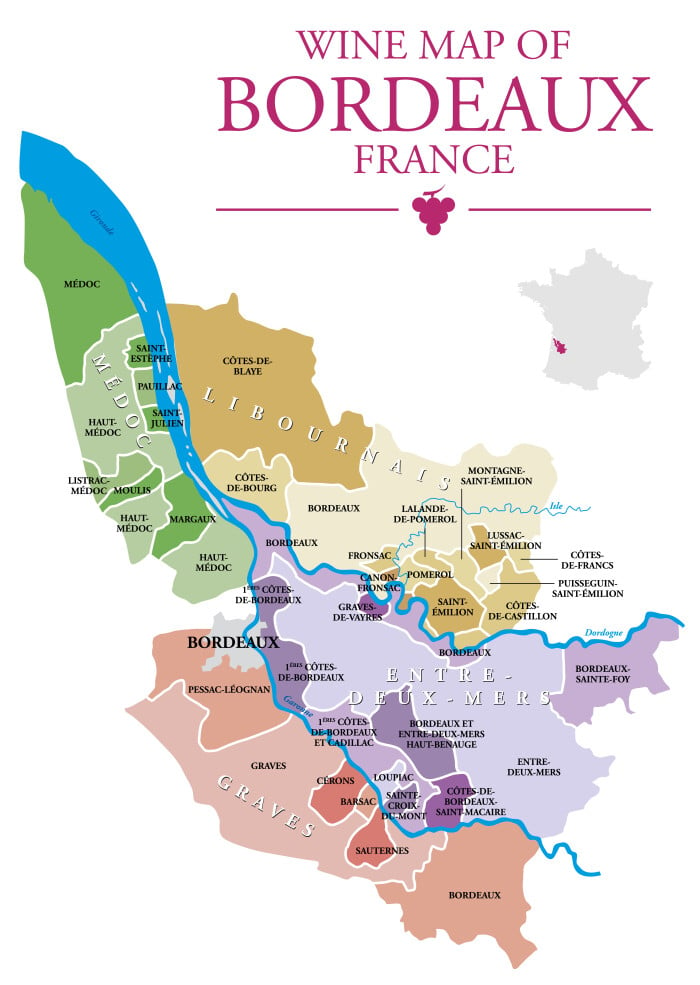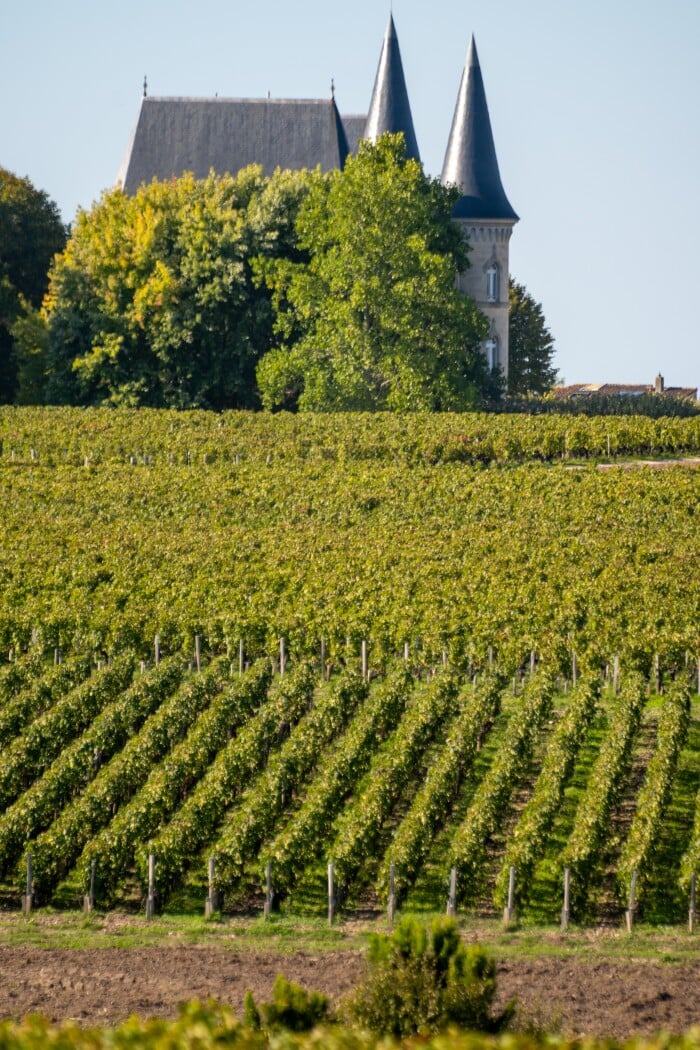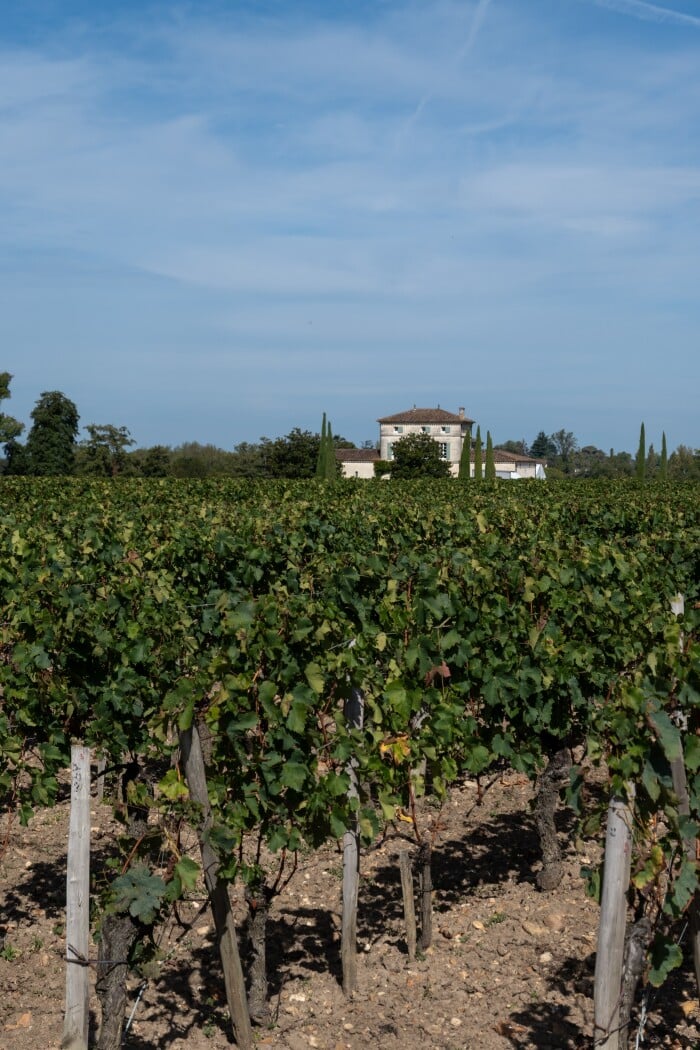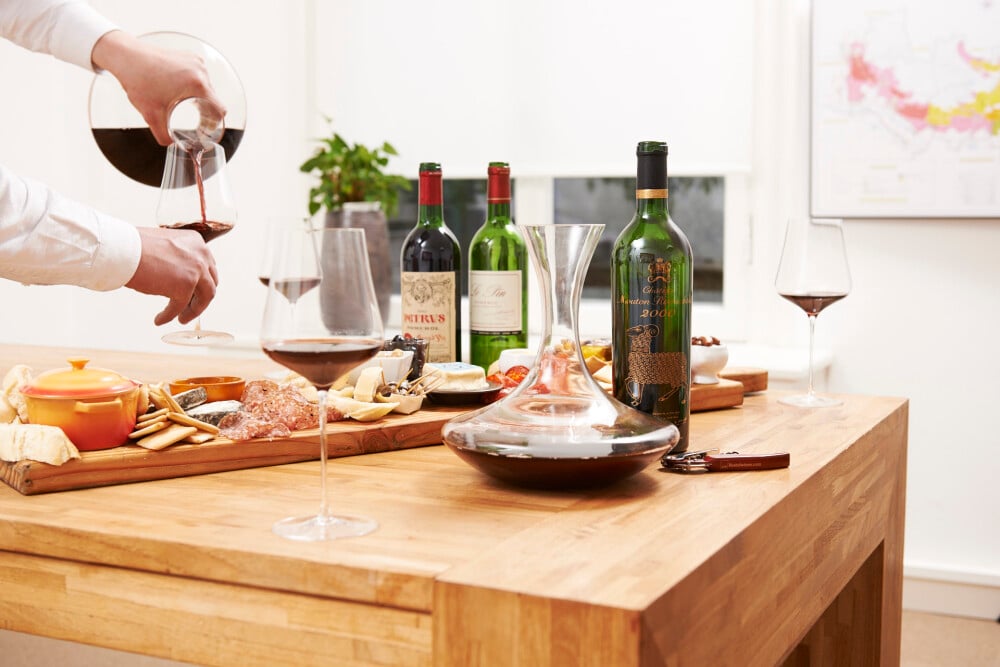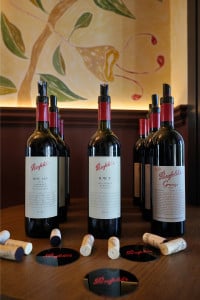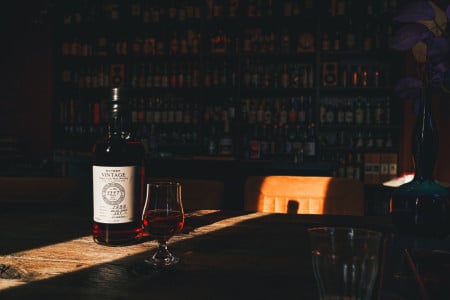When it comes to French growths, there is one key question for passionate wine lovers: Burgundy wines or Bordeaux wines? If you are one of those people whose answer is Bordeaux, there is another question of conscience in terms of taste. Namely: Left or Right bank? And yes, in this case, left and right are capitalised, even though they somehow point the way. After all, they are style-defining - and have caused heated discussions at many a wine evening.
But in the end, it is almost impossible to say that you didn't like the Cheval Blanc, Lafleur or Pavie from the Right Bank or Lafite Rotshchild, Margaux or Latour from the Left Bank. They are all great wines, but indeed they differ.
There are the powerful and dense wines from the Left Bank, which are contrasted with the somewhat more accessible and finer wines from the Right Bank. Both sides can be a prime example of elegance and longevity, but otherwise differ considerably. Why is that? Let's first break down how the Left and Right Banks are defined in Bordeaux before we get down to the nitty-gritty.


